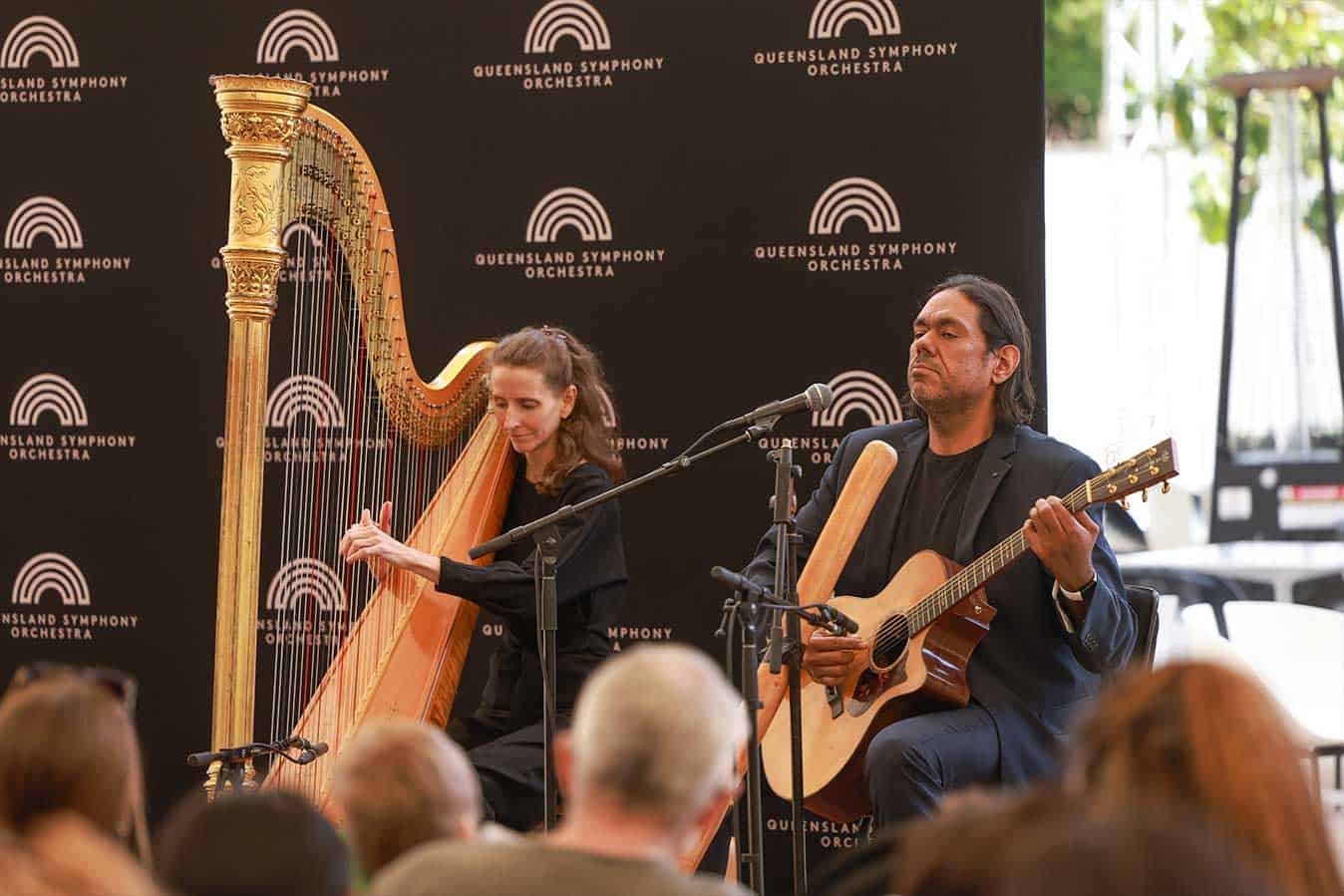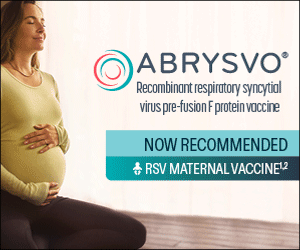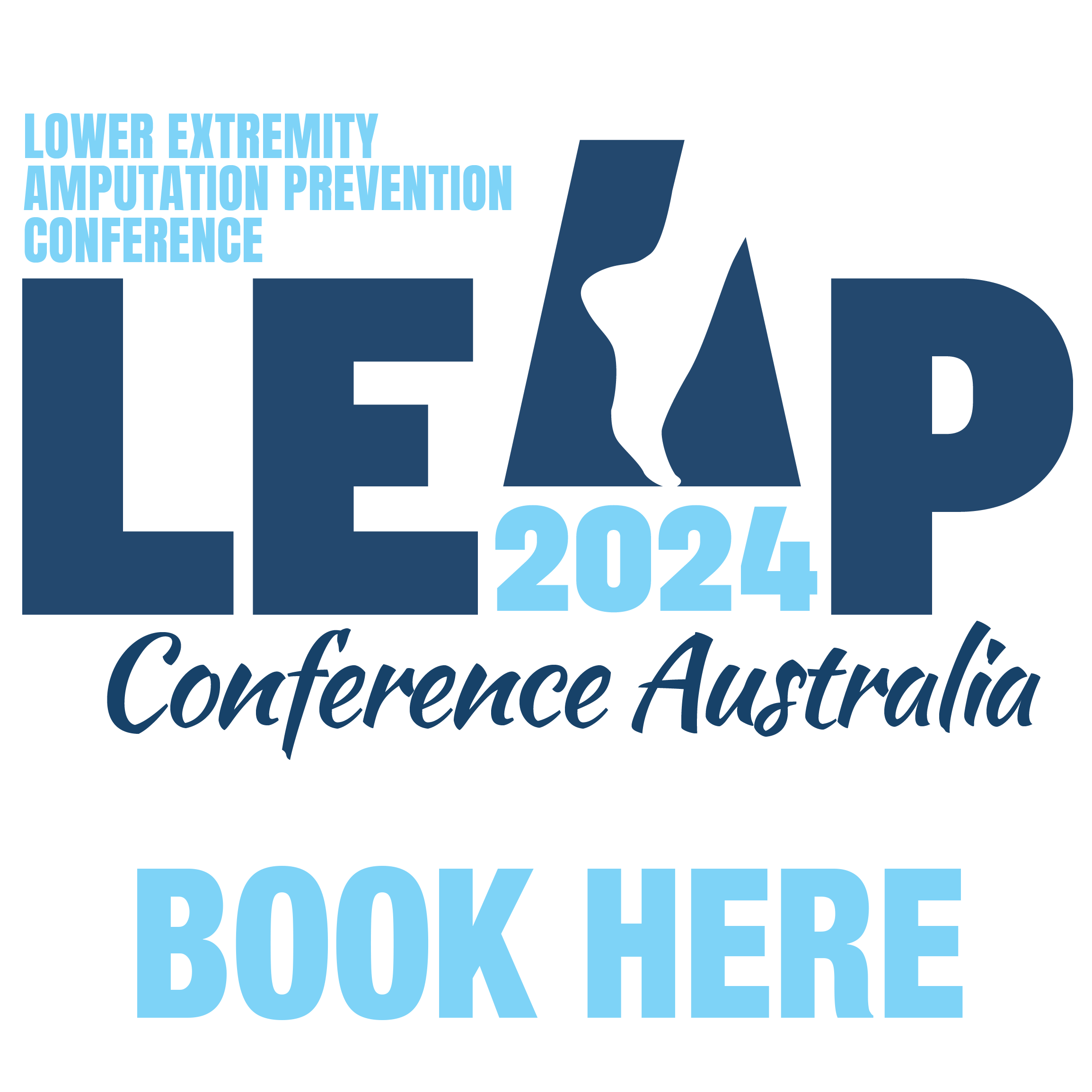The Queensland Symphony Orchestra (QSO) has launched a new Health and Wellbeing Program that aims to harness the power of music to spread healing, hope and happiness across communities.
The multi-tiered program, run in partnership with Health and Wellbeing Queensland, Griffith University, and the University of Queensland, involves community-based learning and performance programs, ensemble visits, wellness tracking initiatives and applied research and evaluation.
State-wide initiatives will include outreach programs to hospitals, childcare centres, schools, mental health units, residential aged care homes, and detention centres. Corporate integration programs will also be run to track how music can help to create healthy workplaces.
QSO Chair Chris Freeman said the focus of the program was to channel the “huge potency of music” into real outcomes for audiences, musicians and communities and groups in need.
“QSO takes such pride in performing in the Concert Hall and at venues, stages and open spaces across Queensland, and we believe another priority is harnessing the power of this music into a multi-faceted wellbeing program that can be the envy of all,” Mr Freeman said.
“We started this journey in 2019 and in 2020 we consolidated with significant work with organisations such as Narbethong Special School, various Brisbane hospitals and schools and aged care facilities all over the state, and now we can announce it as a formal program for the company.”
The program was officially commenced on 3 September at the Queensland Performing Arts Centre (QPAC), with a full orchestra, program partners and families and children from Narbethong State Special School in attendance. Acclaimed didgeridoo player William Barton performed with QSO guest principal harpist Lucy Reeves.
“Never have we needed the power of music more than in 2021,” Mr Freeman said.
“We are learning to live with COVID-19, but with this comes heightened levels of anxiety and uncertainty and an economic pause that has affected all sectors of society.”
Health and Wellbeing Queensland (HWQld) Chief Executive, Dr Robyn Littlewood, described the partnership with QSO as an exciting step forward for health and wellbeing.
“HWQld’s two-year partnership of the program aims to boost the physical, mental and emotional health of Queenslanders through the medicine of music,” Dr Littlewood said.
“Music has the power to lower high blood pressure, reduce feelings of stress and enhance our emotional state.”
In 2020, triggered by COVID-19 challenges, QSO launched the We’re Sharing The Joy initiative, a state-wide give-back program which saw QSO musicians play private and community performances for unsuspecting but deserving Queenslanders, as nominated by their fellow Queenslanders. In total, QSO received almost 300 nominations for Queenslanders who needed to experience the joy of music.
The first performance was at Brisbane’s Narbethong State Special School, a school for vision impaired and special needs children. Narbethong is home to 87 children, with the music program led by teacher Lee Strickland.
“Seeing students’ reactions to music is one of the highlights of my work,” Ms Strickland said.
“We all know music is a universal language. Music speaks the language of French, Sudanese, Japanese and every other language in the world, including the language of disability. This is why we must keep the music playing, and understand it more deeply.
“The music program at Narbethong gives a voice to those who cannot talk, rhythm to stimulate movement for those who cannot walk, and a platform for these children to grow as unique and capable individuals through a shared love of music.”
Dr Dimity Dornan, Executive Director and Founder of the Hear and Say Centre, another community partner of the program, said QSO’s Health and Wellbeing Program would provide a great platform for people to further understand the power of music.
“All speech depends on the intonation or musical pattern to communicate meaning. It is the first skill a child born deaf who receives a cochlear implant is able to comprehend and produce. Music, by its very nature, enables children with hearing loss to learn about presence or absence of sound, pitch, rhythm, stress and sound patterns, and eventually the meaning of words,” Dr Dornan said.
“At around week 18 of a pregnancy, a baby will begin to hear the sounds of the mother’s body, such as their heartbeat and stomach rumbling. At 26 weeks, a baby may react to noises both inside and outside the mother’s body, and can be soothed by the sound of the mother’s voice or familiar music. When babies are born deaf, they have not heard in-utero. At Hear and Say, we have the ability to help these children listen to and learn sounds, and eventually to hear and speak clearly.”
To find out more about QSO’s Health and Wellbeing Program visit qso.com.au









